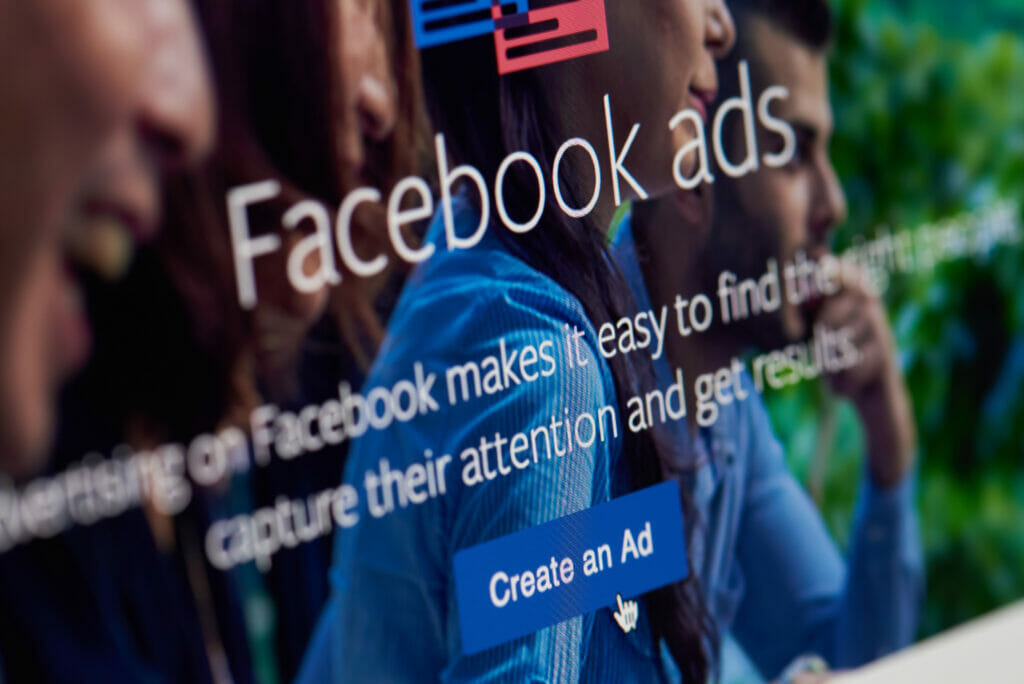Digital agencies today are now facing the same challenge as conventional firms faced in the past: their media and creative teams are segregated.
Too often, the media team will send a request for “better” creativity to their design team without explaining why previous ads performed well (or poorly). The creative team spends countless hours developing new creative only to discover that the Facebook algorithm prefers the old, stale creative that was previously running 99 percent of the time. However, without an understanding of the performance, the feedback loop is never closed, leaving the creative team in the dark.
Using Data to Bridge the Media-Creative Gap
Friends, it is time to bridge the gap between the media and creative teams. And, you guessed it, the material we are using to construct our bridge is pure, raw, glorious data. It is time for the media team to take control of the creative design process. Do not worry, this does not imply practicing Photoshop. This entails honing your Facebook analytics skills!
Across the board, digital channels like Facebook are stripping us advertisers of more and more optimization controls. As a result, creative design is becoming more important than ever. Indeed, as digital marketers, it may soon be one of the few remaining optimization levers.
Three Important Facebook Metrics to Understand Ad Performance
The good news is that Facebook’s reporting metrics are more sophisticated and insightful than ever before. Here are three key Facebook metrics that will help you understand the performance of your ad, to name a few. They are referred to as Ad Relevance Diagnostics as a group.
Quality Ranking – Facebook wants its users to have a high-quality experience across their platform so that they will return and stay on Facebook for a long time. This also applies to advertisements. Quality Ranking is Facebook’s assessment of your ad’s perceived quality in comparison to other ads serving the same audience. In other words, if your ads do not provide a high-quality experience to Facebook users, your ad impressions will fall (or you may never gain volume in the first place).
Engagement Rate Ranking – This is how much engagement Facebook expects your ad to receive, including clicks, reactions, comments, and shares. If Facebook believes your ad will receive less engagement than other ads competing for the same audience, they will be less likely to serve it, resulting in fewer impressions and results.
Conversion Rate Ranking – The Conversion Rate Ranking is a prediction of how likely someone is to complete your desired conversion goal after clicking on your ad compared to other ads vying for the same audience If your landing page is slow, irrelevant, or otherwise subpar, and your historical conversion rate is extremely low, you will most likely receive a lower Conversion Rate Ranking. A conversion is interpreted by Facebook as evidence that your customer had a positive and useful experience after clicking on your ad. As a result, advertisers who achieve a high Conversion Rate Ranking will be rewarded by Facebook by preferring and serving their ad more frequently.
All three of these metrics can be pulled directly into your performance dashboard at the ad level in Facebook Ads Manager.
|
Recommended posts
|


